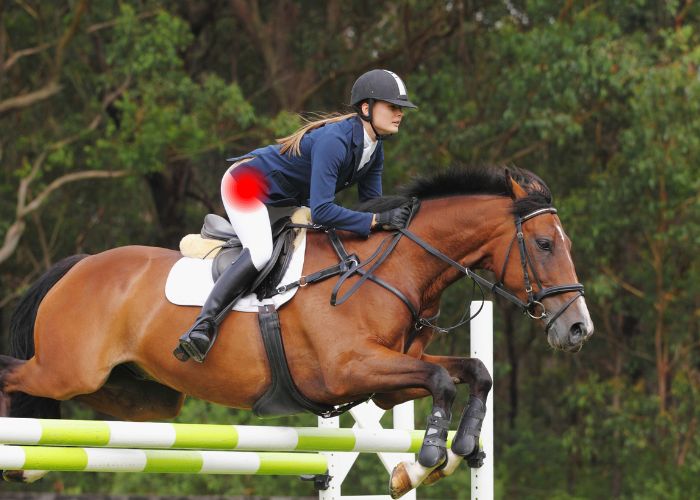What is pigmented villonodular synovitis – PVNS?
All of the mobile joints of the body are lined with a thin layer of tissue (synovial membrane) that helps to reduce friction with joint movement through the secretion of a thick viscous fluid into the joint space. The synovial membrane in some individuals may secrete extra fluid causing inflammation of the joint lining known as synovitis. The knee joint is predominantly affected by this condition, but any joint with this synovial lining is susceptible. The tumor-like growths into the joint space can make joint movement painful and eventually lead to bone damage or osteoarthritis in a condition known as pigmented villonodular synovitis (PVNS).
What is the treatment for PVNS – pigmented villonodular synovitis?
There are currently no effective non-surgical treatment measures for patients with pigmented villonodular synovitis (PVNS). Surgical intervention is often necessary, especially for patients that can no longer perform activities of daily living. The synovial membrane lining can be surgically removed through an arthroscopic or open surgical technique. The surgical approach is determined by the extent of synovitis of the hip as well as the patient’s age and desired recovery goals. Dr. Ronak Mukesh Patel, orthopedic hip doctor, treats patients in Sugar Land, Pearland, and the Houston, Texas area, who have experienced pigmented villonodular synovitis and are in need of a synovectomy.
How is a synovectomy performed?
Dr. Patel typically utilizes the arthroscopic approach when performing a synovectomy for pigmented villonodular synovitis (PVNS). To begin, the patient is placed under general anesthesia and situated in the appropriate position. Once stable, Dr. Patel creates several small incisions surrounding the hip joint. A small camera (arthroscope) is inserted through a portal and the images are transmitted to a television monitor for Dr. Patel to methodically examine the bones, tendons, cartilage, and ligaments of the hip joint. Any other conditions, such as loose bodies or soft tissue damage, are documented during this examination as well. When the area of inflamed synovial lining is identified, specialized surgical instruments are then introduced into the hip joint. These tools allow Dr. Patel to meticulously excise and remove the inflamed portions of the synovial lining and limit the amount of damage to the surrounding structures. This arthroscopic approach is most successful for performing a partial synovectomy to treat localized PVNS. The corrections for any other hip conditions documented during the exam can be conducted at this time.
In the event of diffuse or complex PVNS, Dr. Patel may prefer open surgery over an arthroscopic repair. The open surgical approach involves a slightly larger incision that enables Dr. Patel to visualize the entire hip joint while completing the necessary revisions. Dr. Patel may occasionally combine both the arthroscopic and open surgical techniques to provide a better outcome for the patient. Complex and more extensive disease cases may require radiation.
What is the recovery period like after a synovectomy?
The recovery period following a synovectomy can vary based on the surgical procedure performed and the extent of the synovitis. Most patients can expect a full recovery with a return to their normal daily activities within 3 to 4 months. A patient’s willingness to comply with the provided post-operative care instructions can greatly affect the recovery process. Patients in the Houston, Texas area can anticipate the recovery period to include:
- Full weight-bearing on the hip joint should be avoided for 4 to 6 weeks to allow the repairs to properly heal.
- Hip movements will be performed under the guidance of a physical therapist to ensure certain hip motions are avoided.
- The key to a successful recovery is active participation and completion of the physical rehabilitation program designed by Dr. Patel. This physical therapy program will focus on improving hip range of motion as well as strengthening the surrounding hip joint muscles.
Hip PVNS Treatment Doctor

PVNS of the hip is a rare condition that occurs when the synovial membrane in some individuals secretes extra fluid causing inflammation of the joint lining known as synovitis. The inflammation causes a tumor-like growth inside the joint space of the hip and is called pigmented villonodular synovitis (PVNS). Hip PVNS often requires surgical intervention with a treatment called a synovectomy. Hip PVNS treatment specialist, Doctor Ronak Mukesh Patel, provides diagnosis as well as the latest surgical techniques to help patients with hip PVNS in Houston, Sugar Land, and Pearland, TX. Contact Dr. Patel’s team today!








